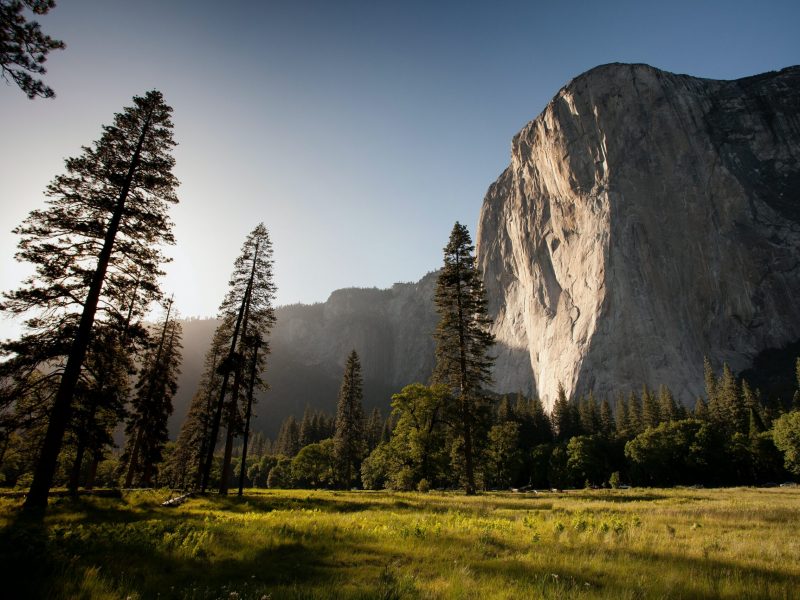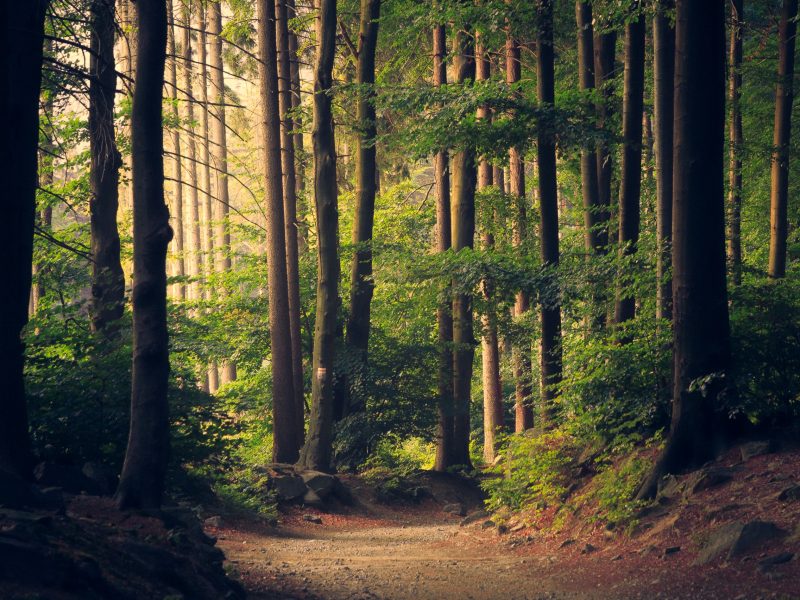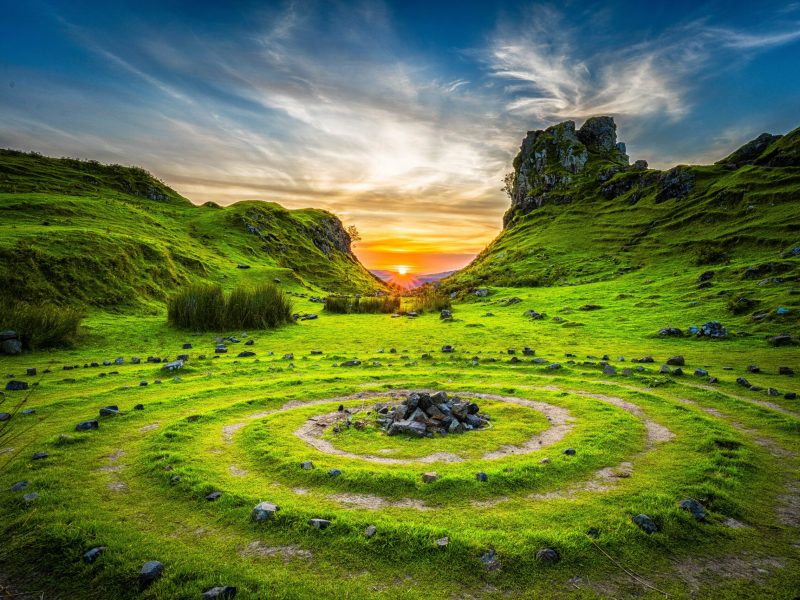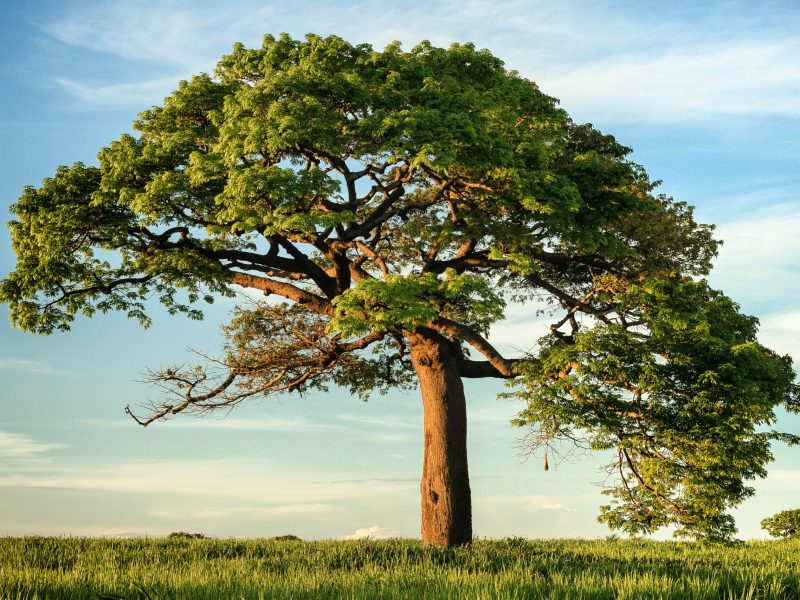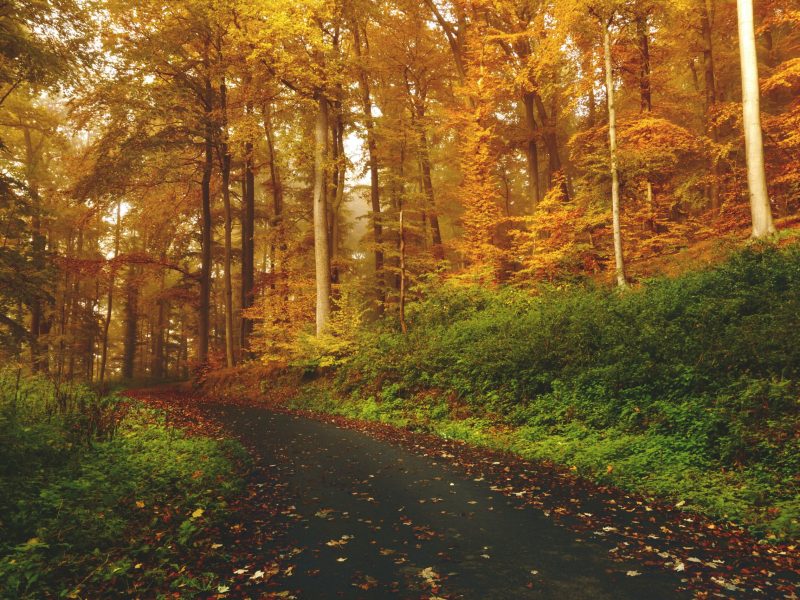The Biosphere Partnership and the thematic groups try to realise this vision by achieving the following goals:
1. To preserve and improve the area as a great place to live, work and raise children, and create more opportunities for them to stay here
2 To appreciate more our natural environment and Welsh language culture
3 Increase conservation activity through voluntary funds
4. Encourage discussion, agreement and co-operation between people and organisations with different values and priorities
5. Develop an economy that is more self-sufficient; less reliant on fossil fuels, with growth from knowledge and local resources
6. Develop an area that will be more sustainable; so that residents and visitors are more likely to choose locally produced goods and reduce our impact on the world
7. Using the Biosphere ‘brand’ to promote the quality of agricultural and other products and tourism experiences.
8. Providing education and training in sustainability and research in the natural and social sciences that support the Biosphere vision.
9. Leveraging support. and advice from UNESCO and other Biosphere Reserves around the world
What biosphere reserves are
UNESCO organized an international conference on biosphere reserves in Seville (Spain) in 1995. Here are excerpts from it.
SEVILLE STRATEGY FOR BIOSPHERE RESERVES
Biosphere reserves are designed to address one of the most important questions facing the world today: how can we reconcile conservation of biodiversity and biological resources with their sustainable use?
“Biosphere reserves are areas of terrestrial and coastal/marine ecosystems, or combinations thereof, internationally recognized under UNESCO’s Man and the Biosphere (MAB) Programme” (Statutory Framework of the Global Network of Biosphere Reserves) . Reserves are designated by national governments; each reserve must meet a small number of criteria and conditions before it is accepted into the Network.
Each biosphere reserve is designed to fulfil three complementary functions:
conservation function to protect genetic resources, ecosystem species and landscapes;
a developmental function to promote sustainable economic and human development; and
logistic support function to support demonstration projects, environmental and educational training as well as research and monitoring activities concerning local, national and global conservation and sustainable development issues.
Physically, each biosphere reserve should contain three elements:
One or more core areas that are carefully protected areas to protect biodiversity, monitor ecosystems with minimal disturbance and conduct non-harmful research and other low-impact uses (e.g. education);
A carefully designated buffer zone which generally surrounds or borders core areas and is used for cooperative activities compatible with sound environmental practices, including environmental education, recreational activities, ecotourism, applied and basic research; and
A flexible transition or cooperative zone, which may include a variety of agricultural activities, housing and other uses and where local communities, management agencies, scientists, non-governmental organizations, cultural groups, economic interests and other stakeholders work together to manage and develop area resources in a sustainable manner.
Dyfi Biosphere will be recognised and respected internationally, nationally and locally for the diversity of its natural beauty, heritage and wildlife, and for the efforts of its staff to make a positive contribution to a more sustainable world. It will be a confident, healthy, caring and bilingual community, supported by a strong economy based on local roots.

